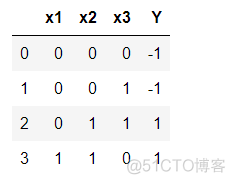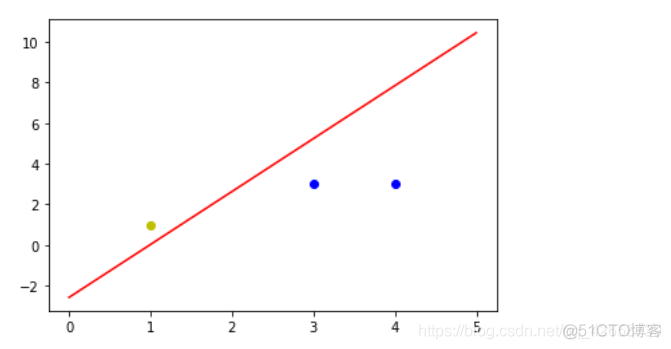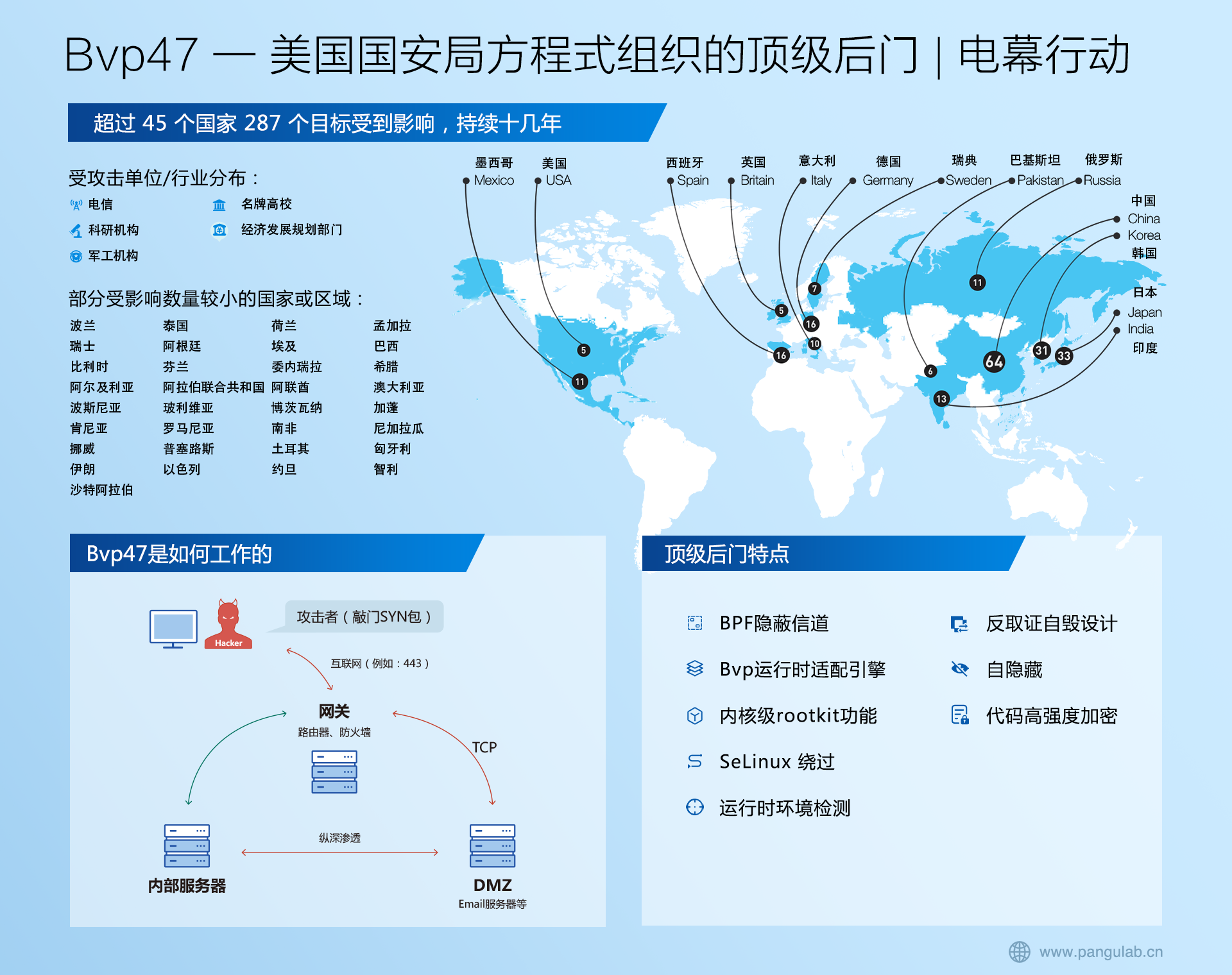实现单层感知器
发布时间:2023-09-12 15:10:32 229
相关标签:
单层感知器
- 输入节点: x1、x2,x3
- 输出节点: Y
- 权向量:w1,w2,w3
- 偏置因子:b
- 激活函数:f =sign(x),即x>0时f=1,x<0时f=-1,x=0时f=0;
一个例子:【注释、解释在代码中】
假如设定b=0.7,x1、x2、x3的输入初始权重为0.5,0.6,0.4,且输入数据与标签如下:

- 在输入被输入到神经网络之前,会被初始权重处理,然后经过激活函数处理之后输出Y。
- 则输出Y计算为:当(x1* 0.5+x2* 0.6+x3* 0.4-0.6)>0时,Y=1;当(x1* 0.5+x2* 0.6+x3* 0.4-0.6)<0时,Y=-1;当(x1* 0.5+x2* 0.6+x3* 0.4-0.6)=0时,Y=0。
最终,迭代12次之后收敛趋于稳定。

观察图形可知有效的区分开了数据:

文章来源: https://blog.51cto.com/tony/5883348
特别声明:以上内容(图片及文字)均为互联网收集或者用户上传发布,本站仅提供信息存储服务!如有侵权或有涉及法律问题请联系我们。
举报







